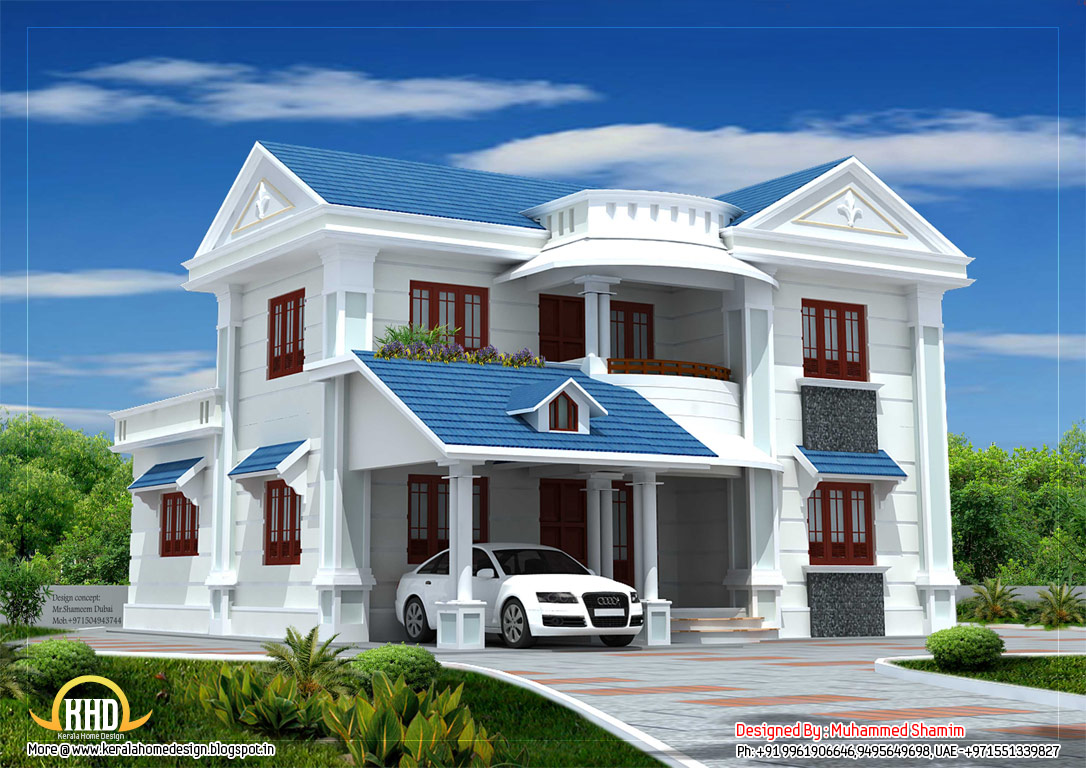Table of Contents
1. Introduction
Exterior designers play a pivotal role in enhancing the aesthetics and functionality of outdoor spaces. From residential properties to commercial complexes, their expertise is sought to create visually appealing and harmonious designs that seamlessly blend with the surroundings.
2. Steps to Become an Exterior Designer in India
Exploring the Role of an Exterior Designer
An exterior designer conceptualizes and plans outdoor spaces, considering elements like landscaping, façade design, and outdoor furniture arrangement. They bring life to lifeless spaces, adding character and charm to structures.
Educational Pathway
While a formal degree isn’t mandatory, pursuing a bachelor’s or master’s program in architecture, landscape design, or a related field provides a strong foundation. These programs offer valuable insights into design principles, materials, and sustainable practices.
Building a Strong Portfolio
Aspiring exterior designers should curate a diverse portfolio showcasing their design projects, sketches, and ideas. A well-organized portfolio demonstrates your skills and design sensibilities to potential clients and employers.
Gaining Practical Experience
Internships and apprenticeships with established design firms or architects offer invaluable hands-on experience. Learning the ropes from experienced professionals exposes you to real-world challenges and solutions.
3. Essential Skills for Exterior Designers
Creativity and Innovation
Exterior design requires out-of-the-box thinking. Creative solutions can transform limited spaces into breathtaking landscapes.
Technical Proficiency
A solid understanding of design software and tools is crucial. You’ll need to translate your creative visions into technical drawings and plans.
Attention to Detail
Precision matters. From choosing the right materials to ensuring accurate measurements, the details shape the final outcome.
Communication Skills
Effective communication with clients, contractors, and team members is vital. Understanding client preferences and conveying design concepts is essential for successful projects.
4. Networking and Industry Exposure
Attending Workshops and Seminars
Participating in workshops and seminars keeps you updated with the latest industry trends and technologies. It also provides opportunities to network with fellow designers and potential clients.
Joining Professional Organizations
Becoming a member of industry-specific associations connects you with a community of professionals. It enhances your credibility and opens doors to collaborative projects.
5. Navigating the Indian Exterior Design Market
Understanding Local Aesthetics
India’s diverse culture reflects in its architectural styles. Being attuned to regional aesthetics helps you create designs that resonate with the local population.
Adapting to Cultural Diversity
Different regions have unique design preferences. Adapting your style to suit different cultural contexts widens your client base.
6. Embracing Technology in Exterior Design
Utilizing Design Software
Software like AutoCAD, SketchUp, and 3D rendering tools aid in visualizing designs and making modifications efficiently.
Staying Updated with Trends
Technology and design trends evolve rapidly. Stay ahead by following design blogs, attending webinars, and exploring emerging technologies.
7. Launching Your Exterior Design Career
Freelancing vs. Working for Firms
Decide whether to freelance or join a design firm. Freelancing offers flexibility, while firms provide stability and mentorship.
Marketing Your Services
Create a professional online presence through a website and social media. Showcase your portfolio and client testimonials to attract potential clients.
8. Challenges and Growth Opportunities
Dealing with Client Expectations
Balancing client desires with practical feasibility can be challenging. Effective communication helps manage expectations.
Evolving Your Design Style
As you gain experience, your design style will evolve. Embrace change and adapt to emerging design philosophies.
9. Conclusion
Becoming an exterior designer in India requires a blend of creative flair, technical expertise, and a deep understanding of cultural nuances. By following these steps, honing your skills, and staying adaptable, you can embark on a fulfilling journey in the world of exterior design.
10. FAQs
Q1- Is a degree necessary to become an exterior designer?
A- While a degree enhances your knowledge, practical skills and a strong portfolio also play a significant role in your success.
Q2- How can I find clients for my exterior design services?
A- Networking, online platforms, and showcasing your work through a portfolio website can help attract potential clients.
Q3- What is the average salary for exterior designers in India?
A- Salaries vary based on experience and projects. Entry-level designers may earn around INR 3-5 lakhs per annum, while experienced designers can earn significantly more.
Q4- How do I stay inspired and innovative in my designs?
A- Constantly expose yourself to new ideas, travel, and collaborate with other designers. Push your creative boundaries.
Q5- What are some famous exterior design projects in India?
A- Projects like the Lotus Temple in Delhi and Chhatrapati Shivaji Terminus in Mumbai are renowned for their exceptional exterior designs.




